Q & A: Charles Fishman on The Big Thirst
Welcome to Circle of Blue Radio’s series 5 in 15, where we’re asking global thought leaders five questions in 15 minutes – more or less. These are experts working in journalism, science, communication design, and water; I’m J. Carl Ganter. Today’s program is underwritten by Traverse Internet Law – tech-savvy lawyers representing internet and technology companies.
Our guest today is Charles Fishman, an award-winning investigative journalist and author of the best selling book The Wal-Mart Effect. We caught up with Fishman during his tour for The Big Thirst, his latest book focusing on water issues around the world. In the course of reporting about water to write The Big Thirst, Fishman has stood at the bottom of a half-million-gallon sewage tank, sampled water directly from the springs in San Pellegrino, Italy, and carried water on his head for 3 kilometers with a group of Indian villagers.
I think we’re on the verge of another revolution like that, about a different topic. And that is, we’ve sort of lived through 100 years where water has been unlimited, safe, and free in the developed world. Yeah, everybody gets a water bill, but it’s so small that no one manages their water use based on price. And there’s never a chance that the water’s going to run out of the tap. And people love to sort of argue about the quality of their tap water in their city compared to other cities – they actually like to run it down, typically — but, in fact, the quality of the tap water in the U.S. is incredibly safe.
I think the era when those three things will be present together is over. I don’t think we’ll have “unlimited,” “safe,” and “free” together, going forward. We’ll have more than enough water to drink, but it won’t be so cheap that we never think about it. And, I think, we’ll have more than enough water to water the lawns and wash the cars, but I hope that, 20 years from now, we are not watering our lawns with purified drinking water or flushing our toilets with purified drinking water — which is a kind of absurdity; it’s like, anybody who’s old enough remembers the era when we used to smoke cigarettes on airplanes. Well, somebody lights up a cigarette on an airplane today, you know, you tackle them and summon the air marshal, right? The idea that we flush our toilets with purified drinking water is just absurd; it’s just an old habit.
So I think we’re on the cusp of moving from this era of abundant water – the golden age of water – to an era where we’ll use less water, and we’ll use water more smartly. We’ll use the right water for the right purpose, and we’ll pay the right price for it. So we won’t have to dry out our lives, but we will change how we think about water and how we use it.
The price of water doesn’t change when scarcity comes on, but people know about scarcity because there ends up being this huge discussion of what the state of the reservoir is, what the state of the river is, what the state of the lakes are . . . and, instead of managing it by price, which actually wouldn’t be a bad idea, people end up imposing rules. The problem is when scarcity isn’t episodic; when it ends up being a long term condition – Las Vegas, Atlanta two years ago – then you really need rules that help people change their behavior. Rules like different kinds of plumbing requirements. Rules like, Orange County, Florida — the county where Orlando sits – 25 years ago changed the rules about outdoor lawn watering. They required all new homes, businesses, schools, and parks to use reuse water. And they created facilities for making reuse water and putting it back into a separate plumbing system. They didn’t require anyone living in Orlando or Orange County to change what they were doing at that moment, but, going forward from 25 years ago, everybody new had to install a second set of pipes; purple pipes.
Orange County, Florida, now pumps, every day, exactly the same amount of reuse water for landscaping as potable drinking water for indoor use. Well that’s incredible; that’s a huge behavior change! But they didn’t swat people on the knuckles with a ruler, they didn’t impose fines – they changed the rules about how water was going to be used in the community. They also didn’t change everything by a week from next Friday or by a year from when the rules were changed. It takes a long time for a community to change. But, now, most of the people who live in central Florida use reuse water for lawn watering, and they think it’s absurd to use drinking water on the lawns, because they never have.
So I think scarcity and some foresight, some imagining of what we want the world to look like 25 years ago, given the nature of our water supplies, the growth of population, shifting climate, and shifting water availability. I don’t think our relationship to water is going to change overnight. But, I think, 20 years from now, we will think about the water we use every day differently. I think scarcity is going to be the primary motivator, and I think communities will impose different kinds of rules to motivate different kinds of behavior.
The water systems are really old; they’re at least 50 years old, and in many places they’re 100 years old. And Philadelphia is proud to say they have water mains in use that are 150 to 160 years old; that’s kind of amazing. There is something lovely about that, but, if you saw the inside of a 60- or 70- or 80-year-old water pipe, you wouldn’t say, “Boy, I’m happy to be drinking out of that.” And there’s no intelligence built into the system, in the sense that, water-systems managers have no ability to understand, for instance, where water is leaking. Overall, the U.S. water system leaks 16 percent of the water it pumps. Every week, we lose an entire day’s water – it just dribbles out into the ground. Unfortunately, in a place like New York or Detroit or L.A. or Houston or Orlando, there’s not four big leaks that need to be fixed. Every one of those cities has 1,000 leaks that are relatively small. But, if the system had sensors on it that could tell water managers how the pipes were doing, you could fix those leaks. The easiest water to get back — the cheapest water to get back — is the water we’ve already got, that we let leak away before it even gets to a customer.
So the water system does a great job day to day, but, in fact, it’s way out of date compared to lots of other systems. It’s hidden underground; it’s literally invisible. And people say, “Well gosh, man, look at the country – we’re in desperate shape. There’s no money for water.” Today, we spend $US 21 billion a year on bottled water as consumers, just in the U.S. We spend $US 29 billion a year maintaining the entire water system. So, if we just cut back our bottled water consumption by, say, 50 percent, we could increase the amount we spend on the water system by a third. There’s not only money to be spent on the water system, we’re already spending it on water – just one little half liter bottle at a time.
So, I think the water system has done a great job, but it’s success has made it invisible – we never think about it. And you don’t maintain something, you don’t take care of something that you never think about or never see. You know, how often do people think about their roofs? Only when they start to leak and need to be replaced!
To find more articles and broadcasts on water design, policy, and related issues, be sure to tune into Circle of Blue online at 99.198.125.162/~circl731. This interview was produced by Travis Miller. Our theme is composed by Nedav Kahn. Circle of Blue Radio is underwritten by Traverse Internet Law. Join us gain for Circle of Blue Radio’s Five in 15. I’m J. Carl Ganter.
Circle of Blue provides relevant, reliable, and actionable on-the-ground information about the world’s resource crises.

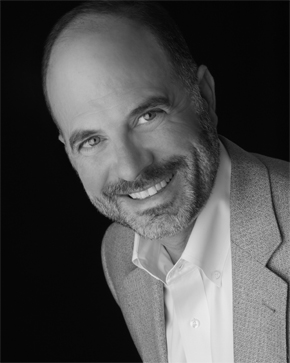
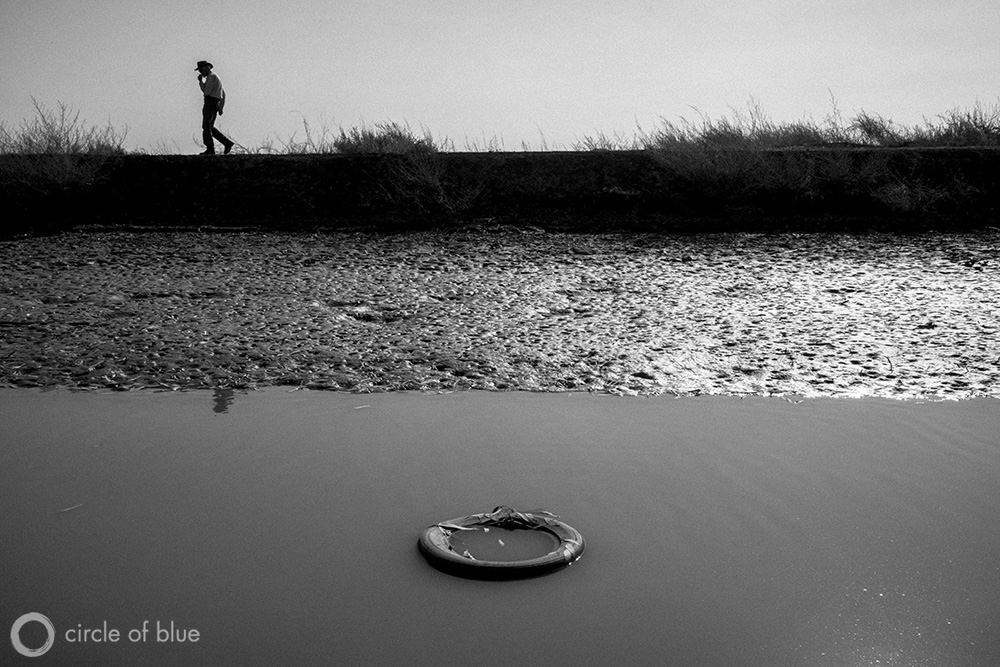
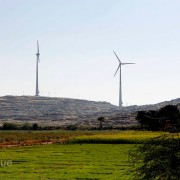
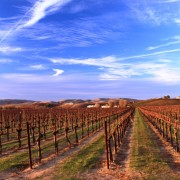
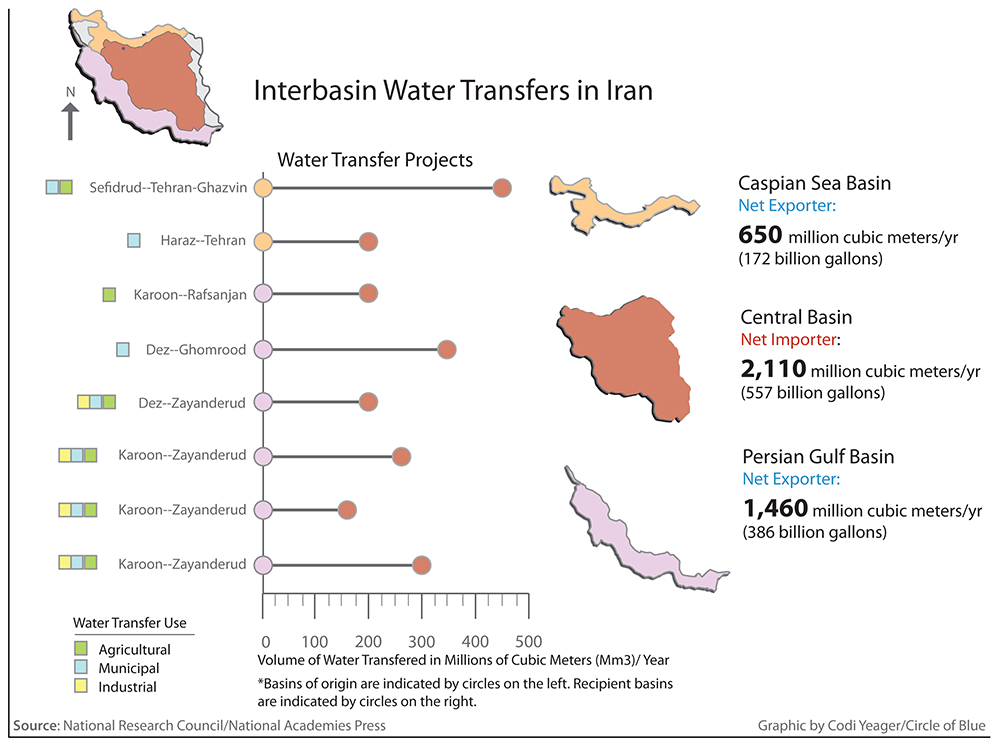




Leave a Reply
Want to join the discussion?Feel free to contribute!